Before creating a sensory space in the classroom or at home, consider the goals you have for the space. A discovery sensory space is like a calming sensory space, but the tools and solutions focus on encouraging the exploration of different textures and spaces.
Sensory Spaces in the Classroom
Sensory spaces serve as an outlet for students when they feel overwhelmed or overstimulated. It’s a place where they can find tools and solutions that provide specific sensory input, which may help them self-regulate and calm.
Read More: Creating a Focused Studying Sensory Space
Tools & Solutions for a Discovery Sensory Space
These ideas for tools and solutions could help you to create an engaging and useful Discovery Sensory Space in your classroom or home. Give your young learners tools they can use to organize and work through sensory processing challenges. Some students are sensory over-responders, so they may need practice on reducing sensory overload with touch (tactile defensives). Others are sensory under-responders who may need tools that provide extra sight, sound, or touch input to maximize learning.
No matter the challenge or need, a Discovery Space gives the opportunity for all learners to explore additional sensory input in a fun and safe manner.
More Sensory Tools and Inspiration
Looking for more ways to engage and aid your student as they learn? Check out our Sensory Spaces page to see what’s new! Also, take a look at all the sensory processing solutions from School Specialty. We have hundreds of useful tools and resources for different age groups and sensory needs.

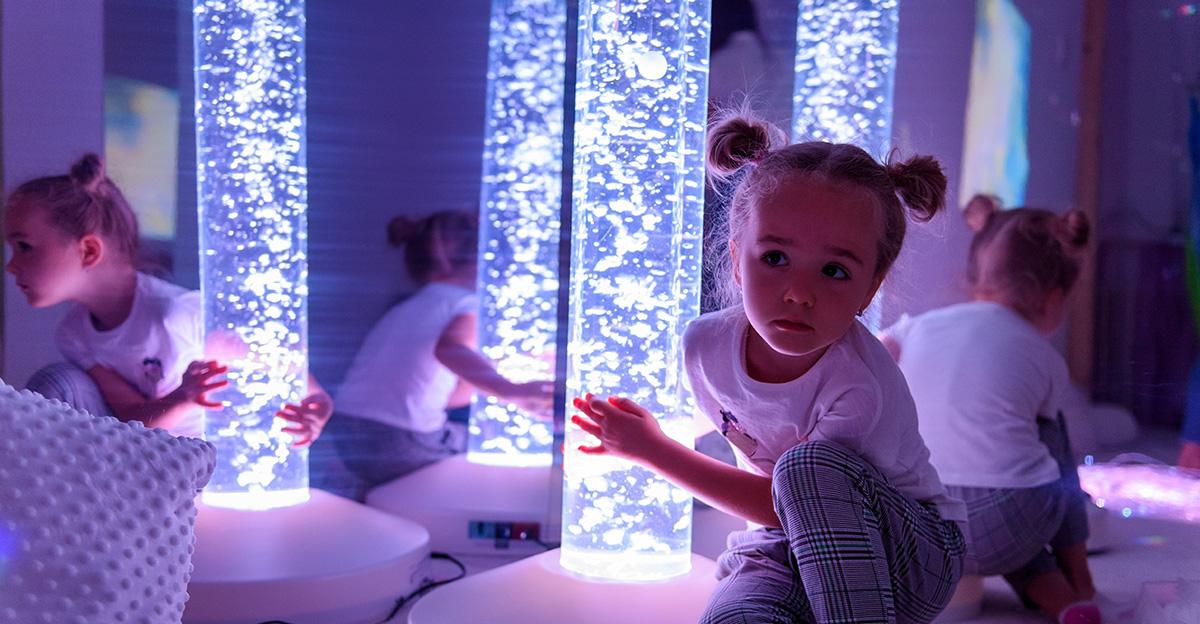
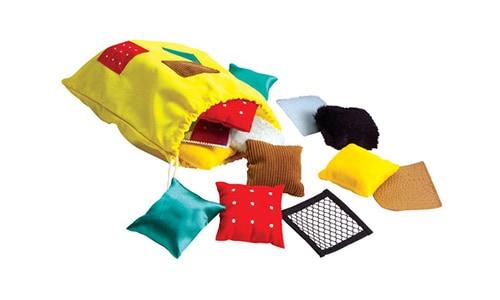
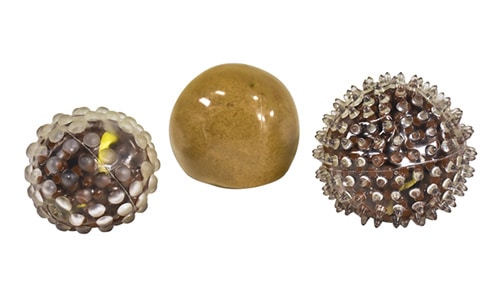
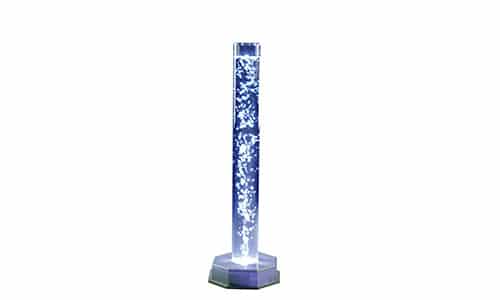
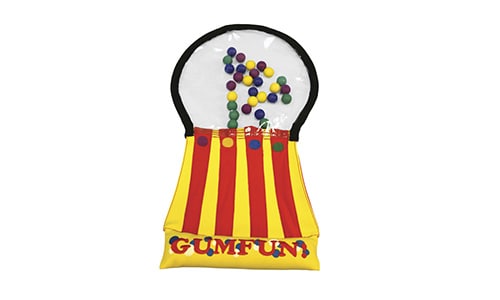
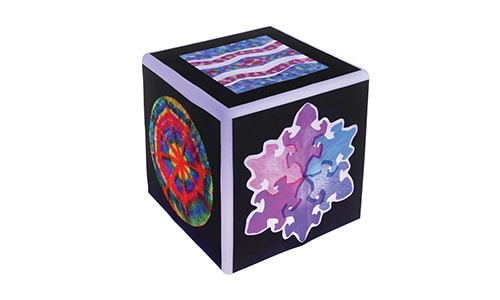

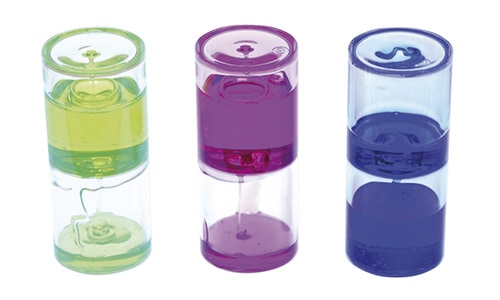
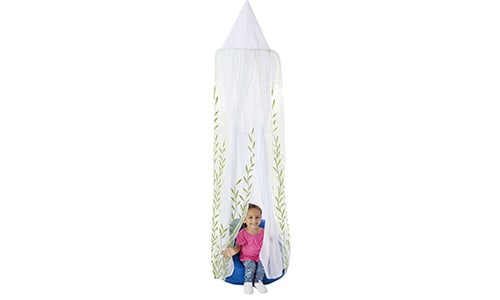




Leave a Reply